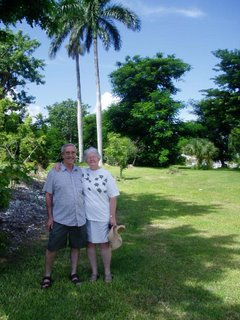 Fall arrived almost a week ago, but we haven't needed to turn on our radiators yet--although tonight it will be tempting. We had the boiler checked out on Monday and the man said it's good to go. This has been a week of checkups--yesterday we had the van serviced and the mysterious "Airbag" light tracked down--it was a blown fuse, which also was keeping the rear wipers from working. Next time I'll check the fuse box myself before having to pay the dealer's hourly labor fees!
Fall arrived almost a week ago, but we haven't needed to turn on our radiators yet--although tonight it will be tempting. We had the boiler checked out on Monday and the man said it's good to go. This has been a week of checkups--yesterday we had the van serviced and the mysterious "Airbag" light tracked down--it was a blown fuse, which also was keeping the rear wipers from working. Next time I'll check the fuse box myself before having to pay the dealer's hourly labor fees!We think all of the hummingbirds have left for warmer gardens. The last visitor we had to a feeder was on Saturday morning. Also, this morning a humongous flock of grackles, at least 200, landed in our yard and the neighbors' on each side. Usually hummers keep other birds, even those much larger, at bay. After digesting maple seeds and draining the birdbath, all of a sudden the entire flock rose and flapped away to the north in unison. Maybe it's global warming? The turtle last week was going the "wrong" way, too. Meanwhile, our Cardinal Flower vines on the back fence (above) have finally decided to bloom, after twining all over themselves for most of the summer. The flowers are much smaller than we expected, but en masse they are striking. Of course, we planted them to attract more hummingbirds, not realizing they would bloom so late.
 Our geraniums are also glorious right now. Every year I vow that I won't bring any of them in or take cuttings to root, and every year I wind up cramming them into the upstairs south window in the sewing room. This ivy geranium (right) is the deepest red I think I've ever seen. Yesterday I just sat on the front porch and read for two hours because it was warm and calm. Those days will come to an end soon, but I'll take advantage of each one that comes along.
Our geraniums are also glorious right now. Every year I vow that I won't bring any of them in or take cuttings to root, and every year I wind up cramming them into the upstairs south window in the sewing room. This ivy geranium (right) is the deepest red I think I've ever seen. Yesterday I just sat on the front porch and read for two hours because it was warm and calm. Those days will come to an end soon, but I'll take advantage of each one that comes along.































